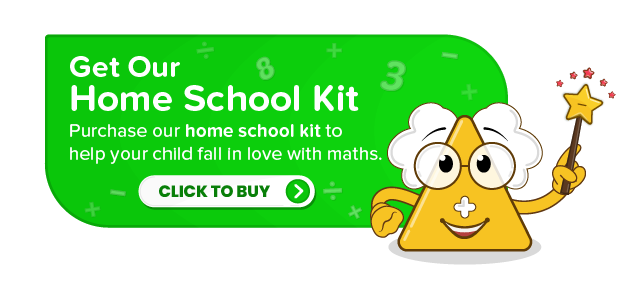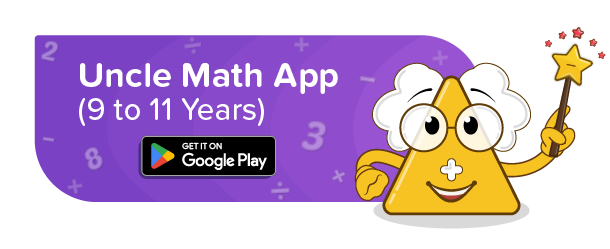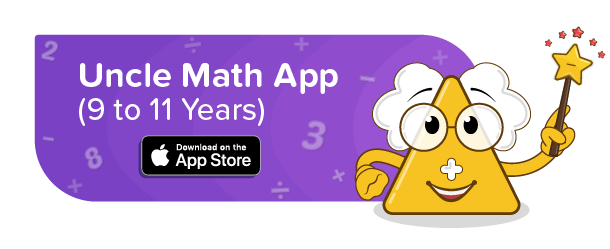
Many events are impossible to completely predict in advance. However, we can rely on the concept of probability to assess their likelihood of occurrence. Probability, another word for possibility, constitutes a branch of mathematics that specifically examines the likelihood of a random event taking place.
By the age of nine to eleven, children become skilled in all four mathematical operations: addition, subtraction, multiplication, and division. Additional topics including percentages, decimals, fractions, ratio, probability, data handling, and average are crucial at this age.
The teaching guide aims at comprehending this complex topic in a simplified manner. It does so through an animated story, which helps to clarify key concepts. Additionally, the guide includes clear and understandable posters that serve as visual aids. Furthermore, captivating worksheets are provided to reinforce learning, along with engaging activities that foster active participation.
The extent to which something is likely to happen is basically what probability means. Knowing the total number of outcomes is necessary before we can calculate the possibility that a specific event will occur.
We can only predict the chance of happening of any event using this. There is a probable range from 0 to 1 where 0 means the impossible occurrence of the event while 1 means the certain event.
Formula for probability :
The ratio of the number of favourable outcomes and the total number of outcomes is equal to the probability of an event happening.

For example :
Q. What is the chance that you will roll 2 if you roll a regular six-sided die one time?
Possible outcomes : 1, 2, 3, 4, 5, 6
Favorable outcome : 1
Probability (P) = Number of favourable outcomes/Total Number of outcomes
Number of favorable outcomes = 1
Total number of outcomes = 6
P = 1⁄6
Teaching probability with kid-friendly, clear, and easy-to-understand posters from Uncle Math School by Fun2Do Labs :
Learning probability can be made enjoyable by incorporating interactive games and activities.
Colourful Crayons!
Children love doing this activity and this concept is practised in a better way by doing this activity.
Materials required for the activity : Take crayons of different colours like red (3), yellow (2), blue (4), pink (3), a paper bag, a sheet of paper, and a pen.
- All crayons should be of the same size so that can’t be distinguished by touching.
- Firstly, gather all the crayons and place them in the paper bag.
- Then, instruct the children to take out a specific crayon from the bag without peeking.
- Afterward, proceed to ask the children simple questions regarding the probability of certain outcomes.
- For instance, ask them to determine the probability of :
- Drawing the blue crayon from the bag
- Picking the purple crayon from the bag.
Answers :
1. Probability of blue crayon
Possible outcomes : 12
Favorable outcome : 4
Probability (P) = Number of favourable outcomes/Total Number of outcomes
P = 4⁄12 = 1⁄3
2. Probability of purple crayon
Possible outcomes : 12
Favorable outcome : 0
Probability (P) = Number of favourable outcomes/Total Number of outcomes
P = 0⁄12 = 0
Help your kids practise probability with interesting and engaging fun worksheets and solutions from Uncle Math by Fun2Do Labs.








